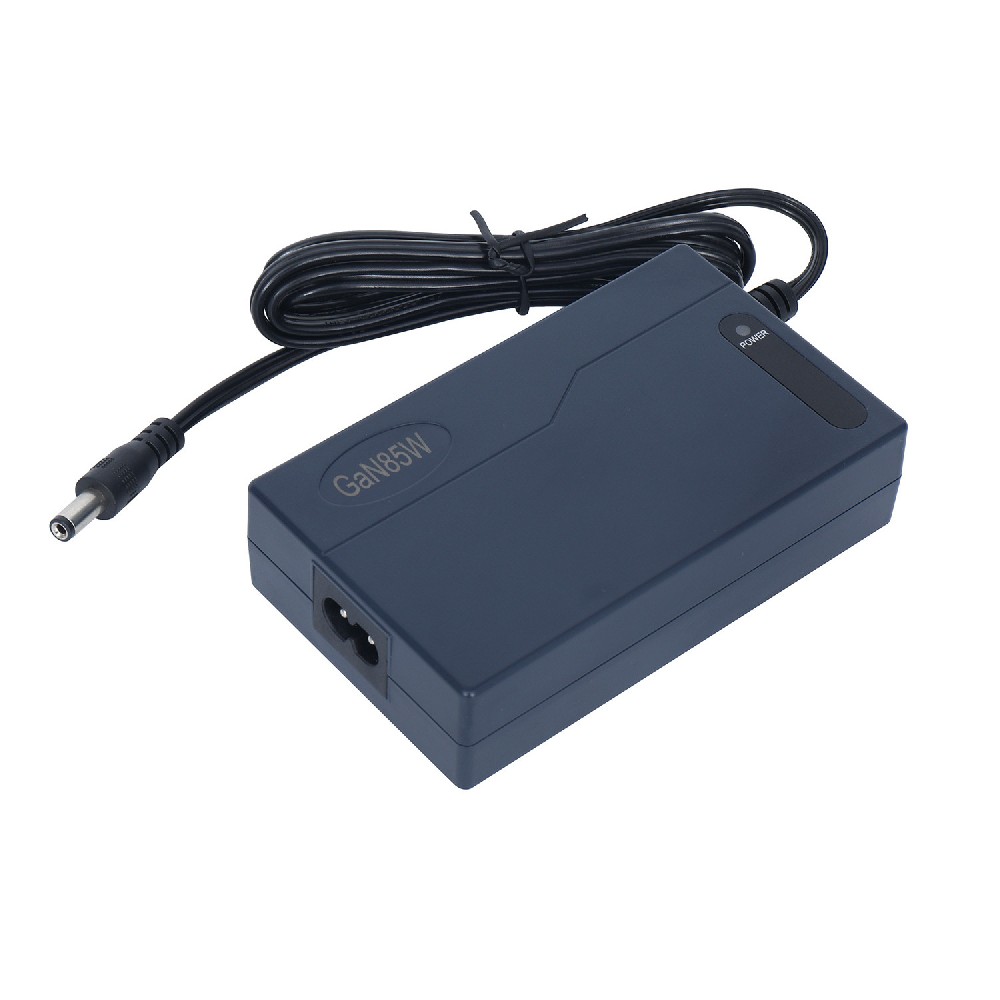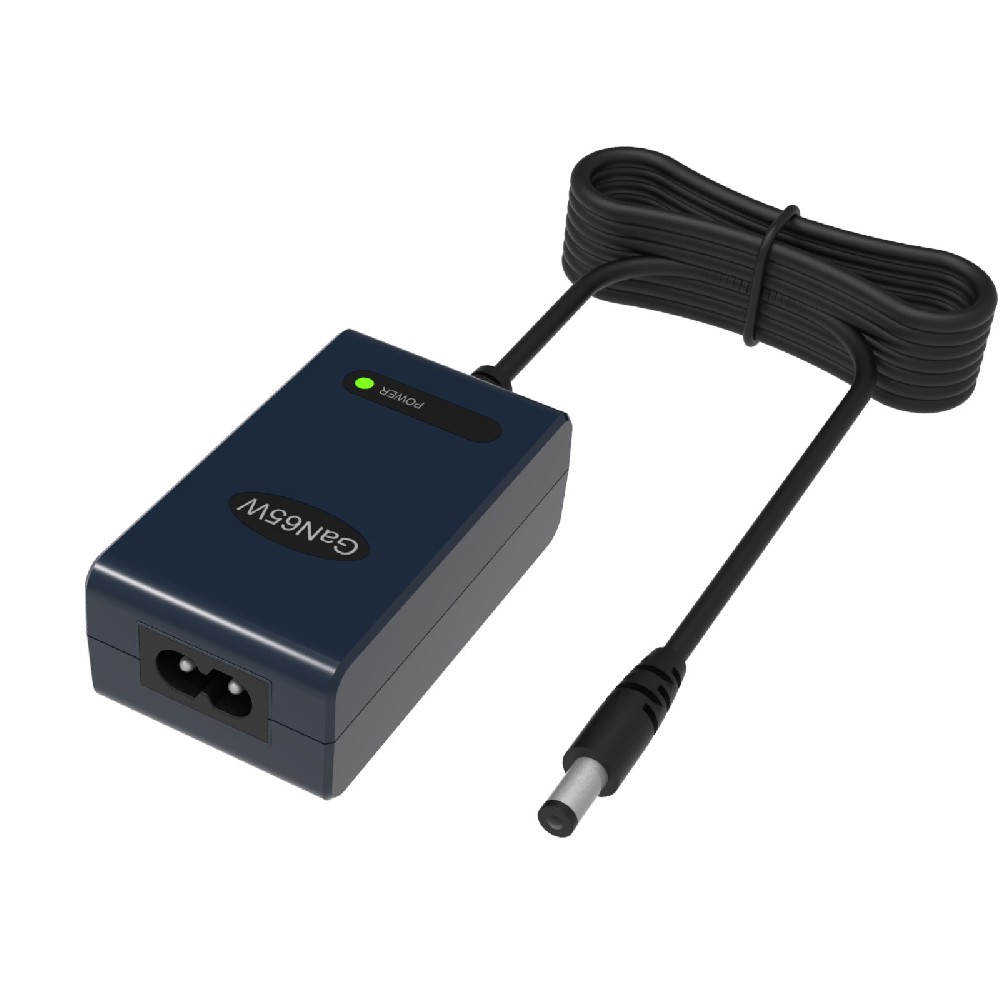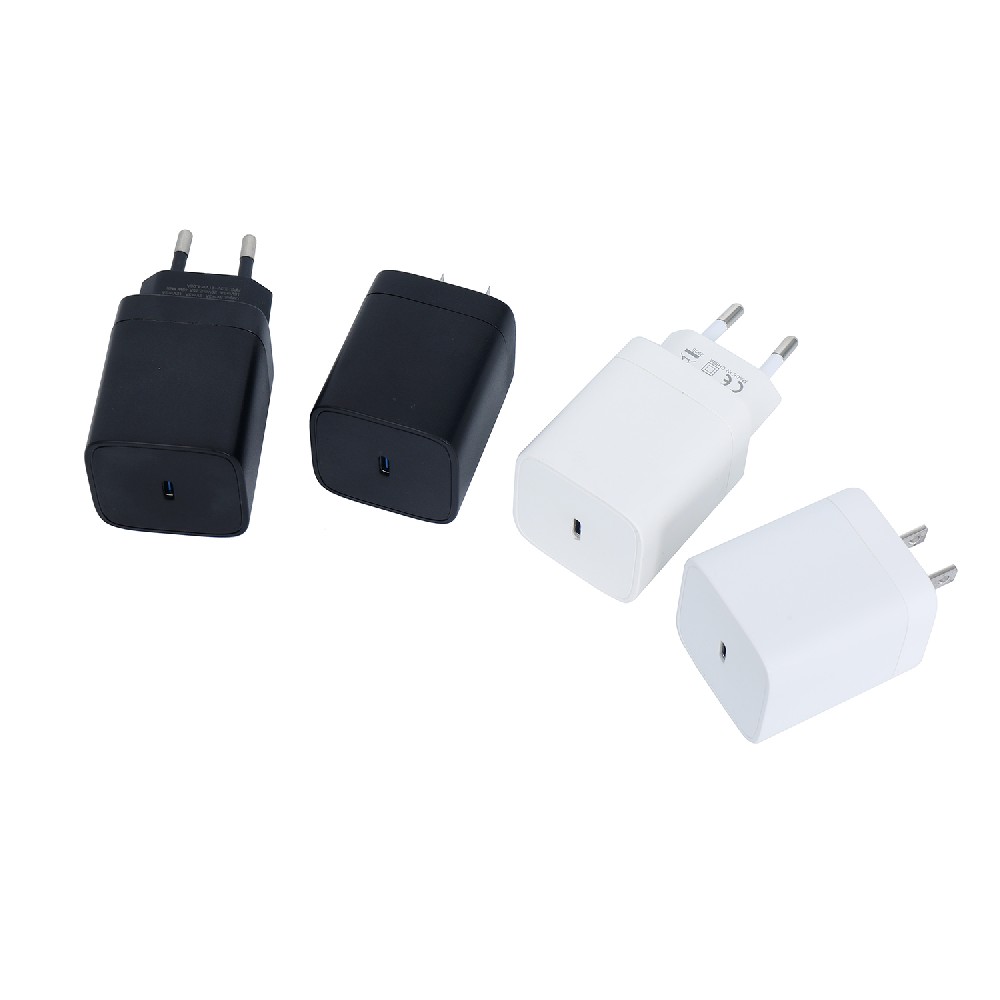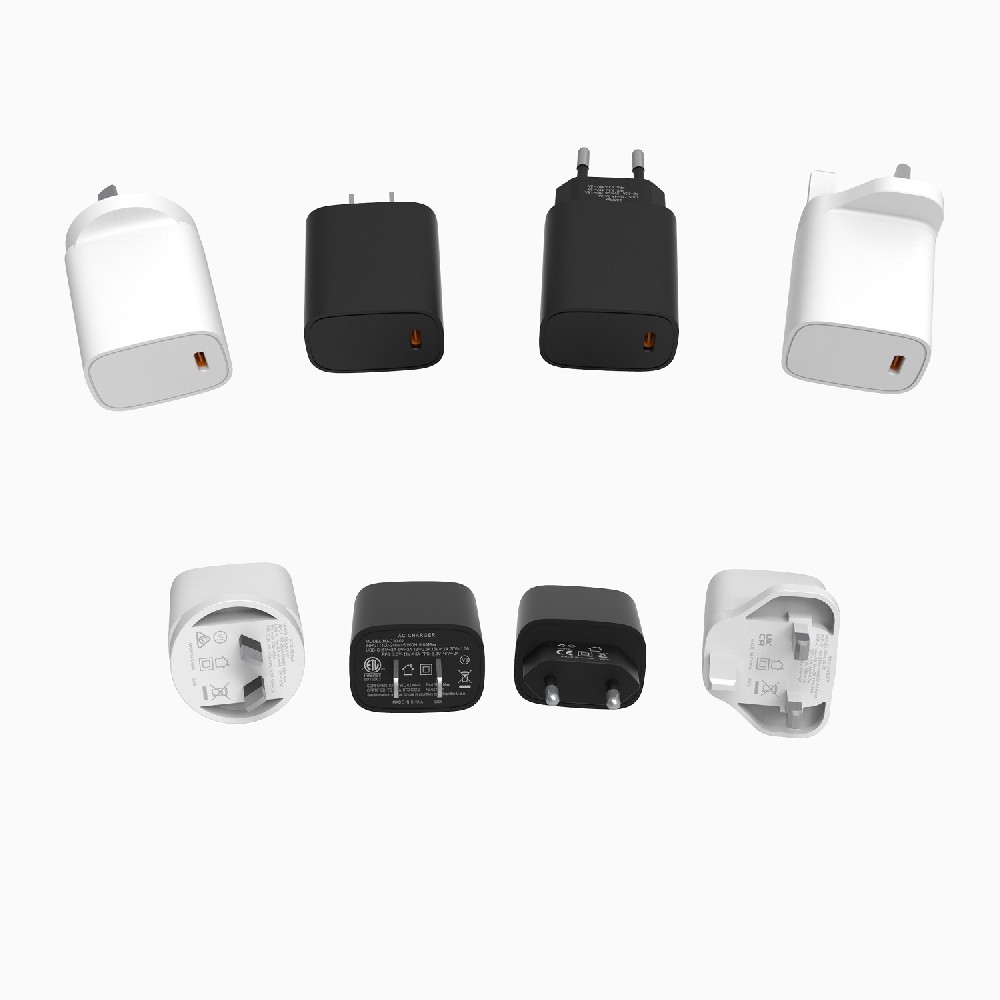Information Center
Maximizing the Performance and Longevity of Your Li-ion Battery: Essential Charger Instructions You Need to Follow
Published:2023-08-03 20:31:23 Author:Green WCND Views:39Introduction: A Li-ion battery charger is an essential device for those who use electronic devices powered by lithium-ion batteries such as laptops, smartphones, and tablets. Charging these devices incorrectly can cause irreversible damage to the battery, which can affect the performance and longevity of the device. In this article, we will discuss some Li-ion battery charger instructions to ensure that you can charge your device safely and efficiently. Understanding the Battery: To properly charge a Li-ion battery, it is essential to understand the type of battery you are charging. It is important to note that Li-ion batteries have a different charging behavior compared to other types of batteries. Li-ion batteries have a specific voltage range that determines how much energy they can store. Charging the battery beyond this range can cause damage to the battery. Determining the Charging Voltage: To charge a Li-ion battery, it is essential to know the battery’s charging voltage. Most Li-ion batteries have a charging voltage of 3.6-3.7V. When charging the battery, it is necessary to use a charger that is compatible with the battery voltage to avoid overcharging or undercharging. Overcharging can cause the battery to overheat, causing damage to the battery, while undercharging can lead to poor performance and a shorter battery life. Choosing The Correct Charger: Choosing the correct charger is critical in ensuring the safe use of your Li-ion battery. Many people make the mistake of using the wrong charger, which can cause damage to the battery. A charger with the wrong voltage rating or power rating can overheat the battery, leading to permanent damage. It is essential to choose a charger that is compatible with your battery and can provide the correct amount of power without damaging the battery. Charging Your Battery: When charging your Li-ion battery, it is essential to follow certain guidelines to ensure safe and efficient charging. First, always charge your battery in a cool, dry place away from flammable materials. Use the correct charger and ensure that it is turned off when not in use. Insert the battery into the charger correctly, making sure that the positive and negative terminals are correctly aligned. Do not leave your battery to charge unattended, and do not charge it overnight. Conclusion: In conclusion, a Li-ion battery charger is an essential device for anyone who uses electronic devices powered by lithium-ion batteries. It is crucial to understand the battery’s charging behavior, select the right charger, and follow specific guidelines when charging your battery. By following these Li-ion battery charger instructions, you can ensure the longevity of your device and battery, and ultimately maintain the optimum performance of your device.

IntroductionGolf carts serve as vital transportation tools on golf courses, and their performance and reliability are crucial for enhancing player experience an···
The battery pack is the heart of a golf cart, silently powering every acceleration and climb on the green. However, battery degradation often goes unnoticed, mu···
The battery pack is the heart of a golf cart’s power system, yet maintaining it has long been a challenge for technicians. Traditional troubleshooting methods—···
For golf course managers, ensuring smooth and efficient operations is crucial for providing a memorable experience for golfers and maintaining the reputation of···





